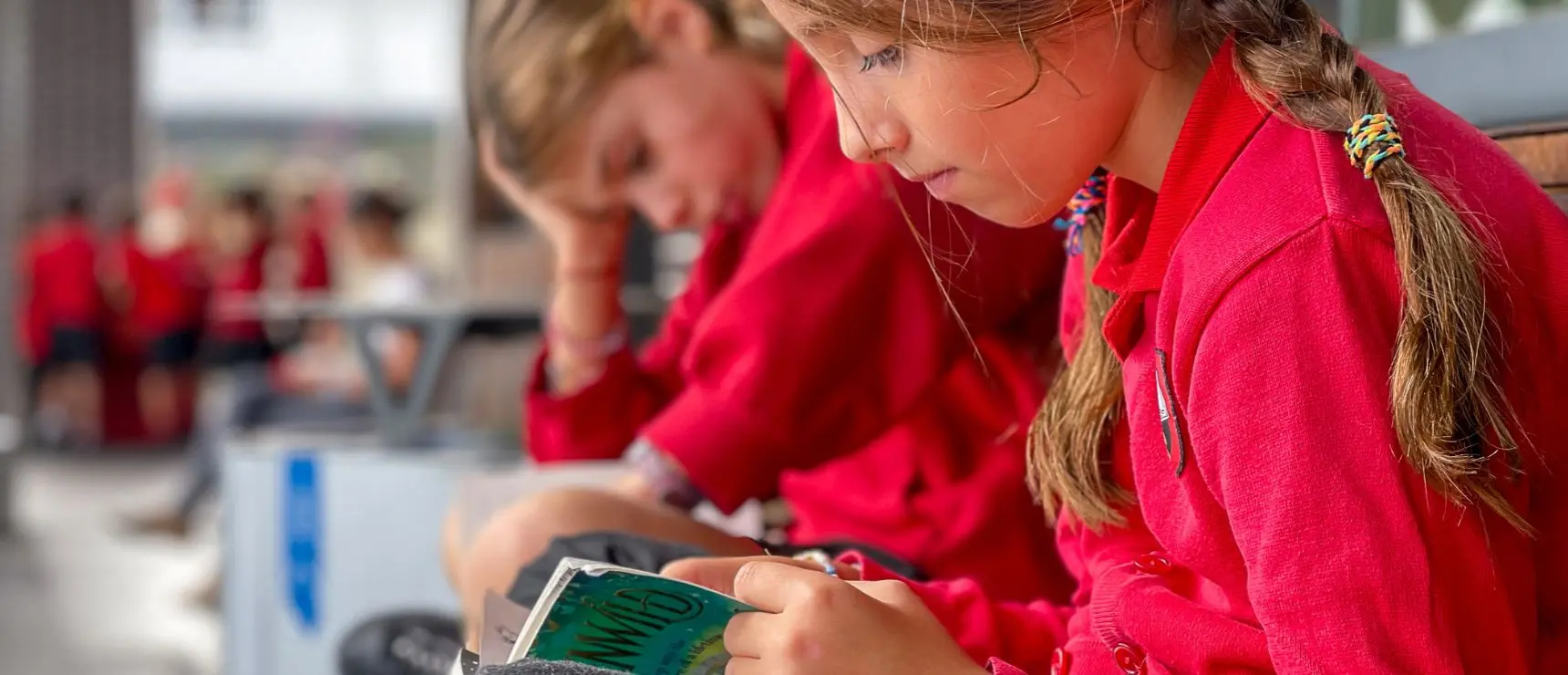Da Kinder inmitten von Technologie aufwachsen, haben Familien und Erzieher die wichtige Aufgabe, ihnen zu helfen, gesunde digitale Gewohnheiten zu entwickeln. Digitale Werkzeuge können Lern- und Denkfähigkeiten fördern, aber sie bringen auch Herausforderungen mit sich, wie z. B. eine übermäßige Nutzung und den Kontakt mit ungeeigneten Inhalten. Während sich die Technologie verändert, müssen wir immer wieder lernen, wie wir junge Menschen zu einem verantwortungsvollen Umgang mit ihr anleiten können.
Dieser Artikel untersucht sowohl die Vorteile als auch die Risiken der Bildschirmzeit und bietet evidenzbasierte Strategien, die Familien und Schulen helfen, einen ausgewogenen Ansatz zu finden. Außerdem hören Sie direkt von Schulen mit praktischen Erfahrungen zu diesem Thema.

